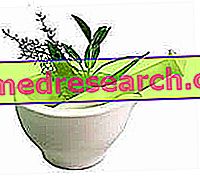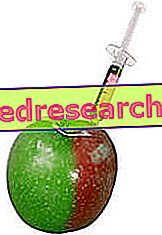Herbal and medicinal plant supplements are becoming increasingly popular, in the wake of a widespread interest in all that is natural. Although it is often muddied by the enormous commercial interests that revolve around it, phytotherapy - that is the set of knowledge that allows the use of different plants for therapeutic purposes - is a serious and credible science, with its strengths and its limits . Among these, the fact that many herbal products derive contraindications that advise against the use in the presence of certain diseases.

This is because some medicinal plants contain active ingredients that can affect bodily functions in a similar way to a drug. Some of them, for example, are marketed only in pharmacies, while others are a common ingredient in pharmaceutical products and food supplements. The latter, although generally endowed with a milder activity, can be potentially dangerous for certain categories of people. The medicinal herbs and plants with slimming properties can, for example, be dangerous for the heart patients (this is the case of guarana, mate and bitter orange) and for those suffering from hyperthyroidism (iodine-rich algae, such as fucus or laminaria). Many diet products can interfere with the activity of various drugs, adding to them or decreasing their absorption and therapeutic effect.
For all these reasons, a preventive medical consultation is very important to ensure that there are no contraindications to their use. Once cleared, it is important to focus on products that contain only one or a few herbs or medicinal plants, standardized in the active ingredients that characterize them (dosages should be shown on the label). This aspect is fundamental because it represents the only element on which to base oneself to evaluate the quality of a product. In fact, the active ingredient content of a plant varies in relation to numerous factors, such as the environmental conditions in which it is grown, the same cultivation techniques, the harvest period, the preservation method and the type of processing. If we consider all these elements it is easy to imagine the degree of diversity present between high and low quality products. In some of these, coming from non-EU countries, traces of toxic substances, drugs and pesticides have even been detected.



